Spice Up Your Kitchen: A Flavorful Guide to the Staples of Mexican Cuisine
Table of Contents
Introduction
If you're a spice enthusiast or a food lover looking to explore new flavors, Mexican cuisine is a treasure trove of bold and vibrant ingredients. From smoky chipotle to zesty lime, the staples of Mexican cuisine are the foundation of its rich and diverse culinary heritage. In this article, we'll dive into what makes these ingredients essential, offer practical tips for cooking with them, and provide a buying guide to help you bring the taste of Mexico into your kitchen.
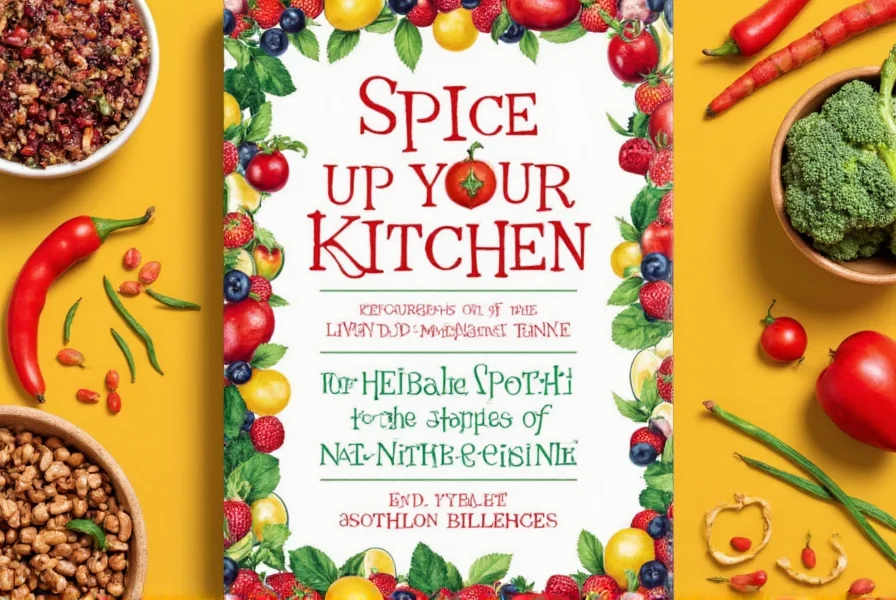
The Staples of Mexican Cuisine
Mexican cuisine is more than just tacos and guacamole—it's a complex and layered tradition rooted in centuries of history, culture, and flavor. At the heart of every Mexican dish are a few key ingredients that define its character. Here’s a breakdown of the most important staples:
1. Chili Peppers
No list of Mexican staples would be complete without chili peppers. They come in all shapes, sizes, and heat levels, each contributing unique flavor and aroma to dishes. Some popular varieties include:
- Ancho: Mild and sweet, often used in moles and sauces.
- Jalapeño: Crisp and slightly spicy, great for salsas and pickling.
- Chipotle: Smoked and dried jalapeños, adding a deep, smoky heat.
- Poblano: Often used in chiles rellenos, they have a mild, earthy flavor.
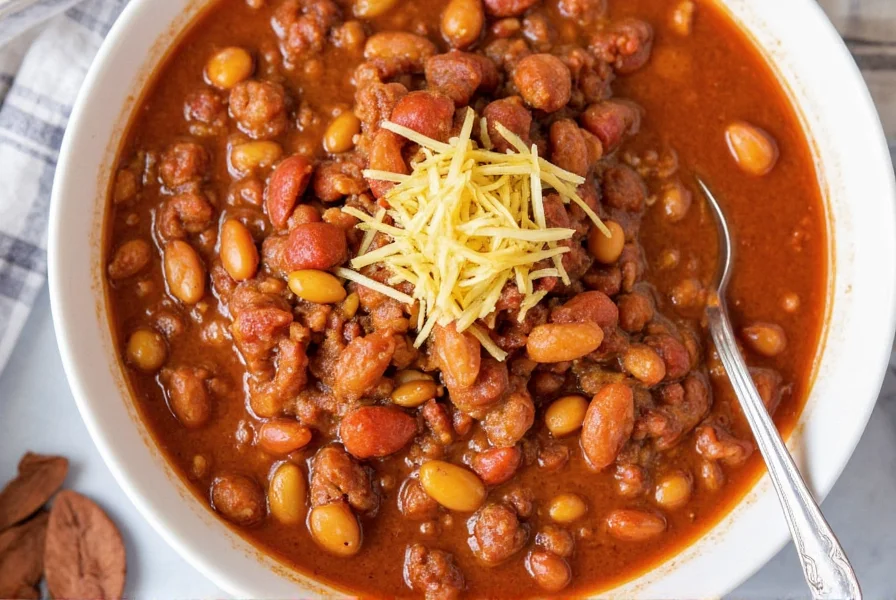
2. Cumin
Cumin is one of the most commonly used spices in Mexican cooking. It adds a warm, nutty flavor to dishes like tacos, stews, and beans. Whether ground or whole, cumin is a must-have in any Mexican pantry.
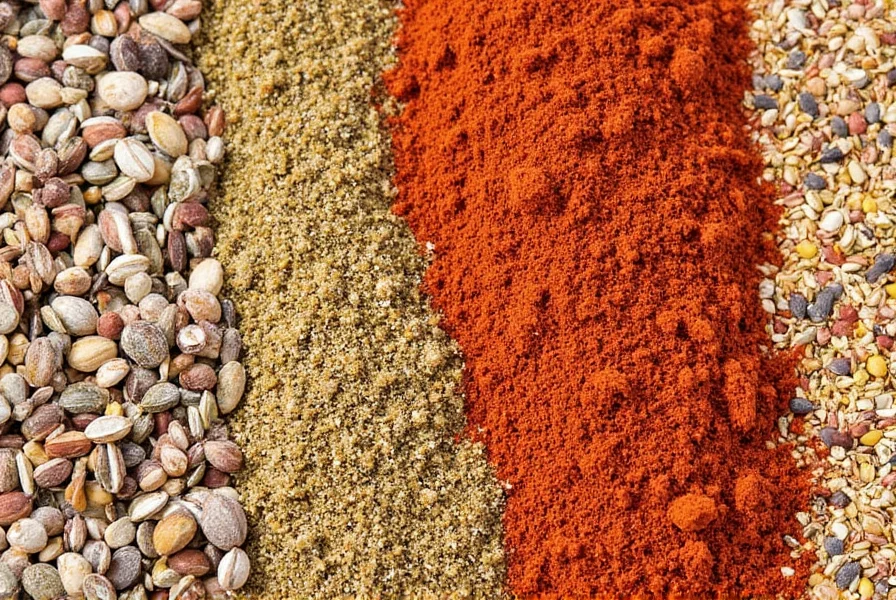
3. Oregano
Mexican oregano is different from the Mediterranean variety. It has a stronger, more pungent flavor and is used in salsas, soups, and meats. It's also a key ingredient in many traditional recipes.
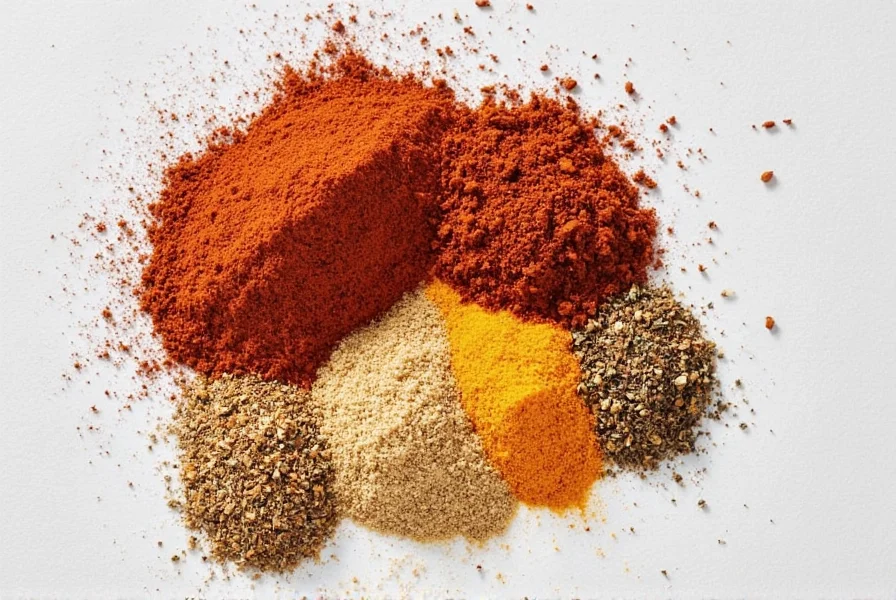
4. Lime
Lime is a staple in Mexican cooking, used to brighten flavors and add a refreshing tang. You’ll find it in everything from ceviche to margaritas. Fresh limes are always best, but bottled lime juice can work in a pinch.
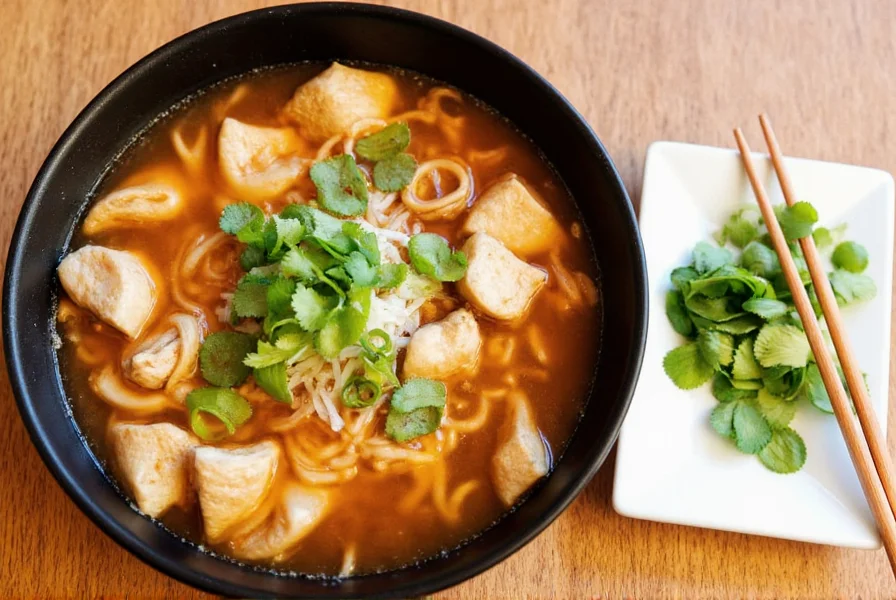
5. Avocado
Avocado is not just for guacamole. It's a versatile ingredient that adds creaminess and richness to salads, salsas, and even desserts. Its subtle flavor pairs well with almost anything.
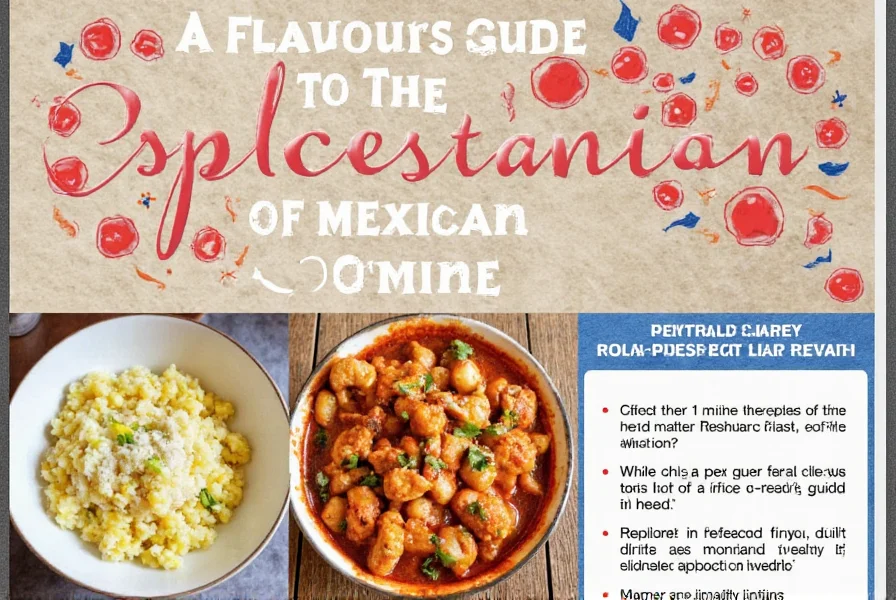
6. Tomato
Tomatoes are the base of many Mexican sauces, including salsa, enchilada sauce, and mole. They add acidity and depth, making them an essential part of any Mexican meal.
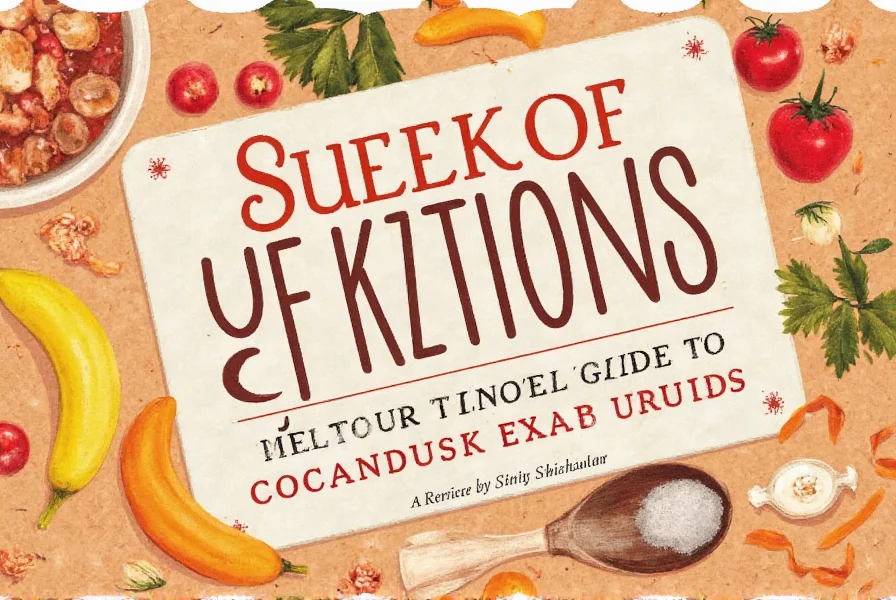
7. Beans
Beans are a cornerstone of Mexican cuisine, providing protein and texture to many traditional dishes. Common types include black beans, pinto beans, and refried beans, which are often served with rice or tortillas.
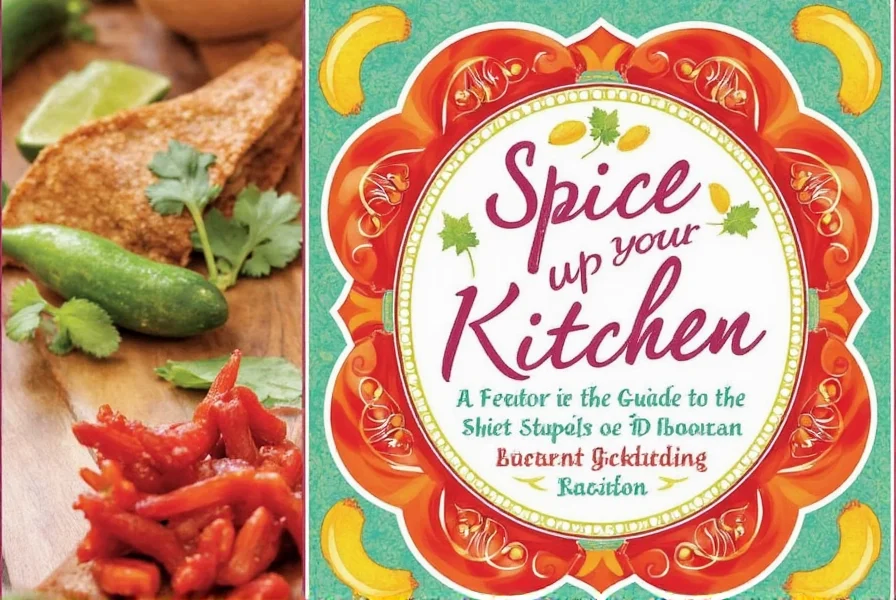
8. Corn
Corn is the backbone of many Mexican foods, from tortillas and tamales to elote (grilled corn on the cob). It’s also used to make masa, the dough used for tortillas and tamales.
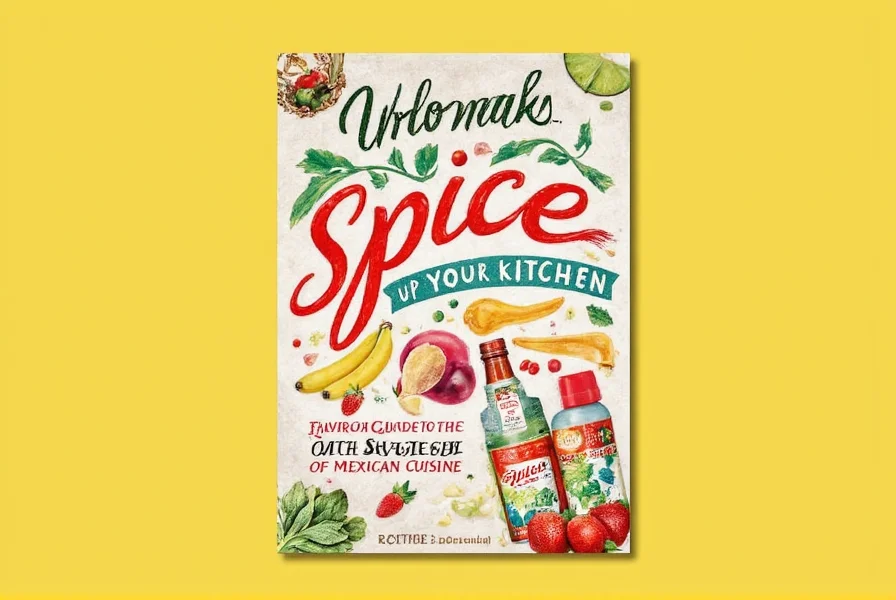
9. Garlic and Onion
Garlic and onion are used in almost every Mexican recipe. They form the base of many salsas, stews, and sauces, adding depth and flavor.
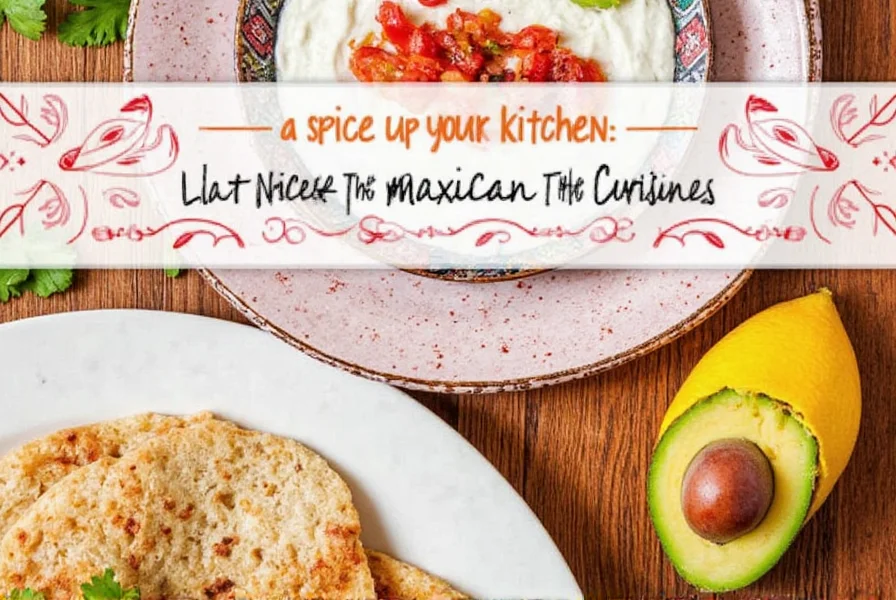
10. Cilantro
Cilantro is another essential herb in Mexican cooking. It’s used fresh in salsas, guacamole, and tacos, adding a bright, citrusy note. If you're not a fan, it's easy to skip—but don’t knock it till you try it!

Practical Tips for Cooking with Mexican Spices
Now that you know the basics, here are some practical tips to help you cook like a pro:
- Start with fresh ingredients. The better the quality, the better the flavor. Try to use fresh herbs, ripe tomatoes, and high-quality chili peppers when possible.
- Balance the heat. If you're using spicy chili peppers, start with a small amount and adjust to your taste. You can always add more, but you can't take it away.
- Use the right tools. A good knife, cutting board, and mixing bowls will make your life easier. For grinding spices, a mortar and pestle or spice grinder works wonders.
- Experiment with combinations. Mexican cuisine is all about layering flavors. Don’t be afraid to mix and match spices and ingredients to create something new and exciting.
- Don’t forget the salt. Salt enhances all other flavors, so use it wisely. A pinch at the end can make a huge difference.
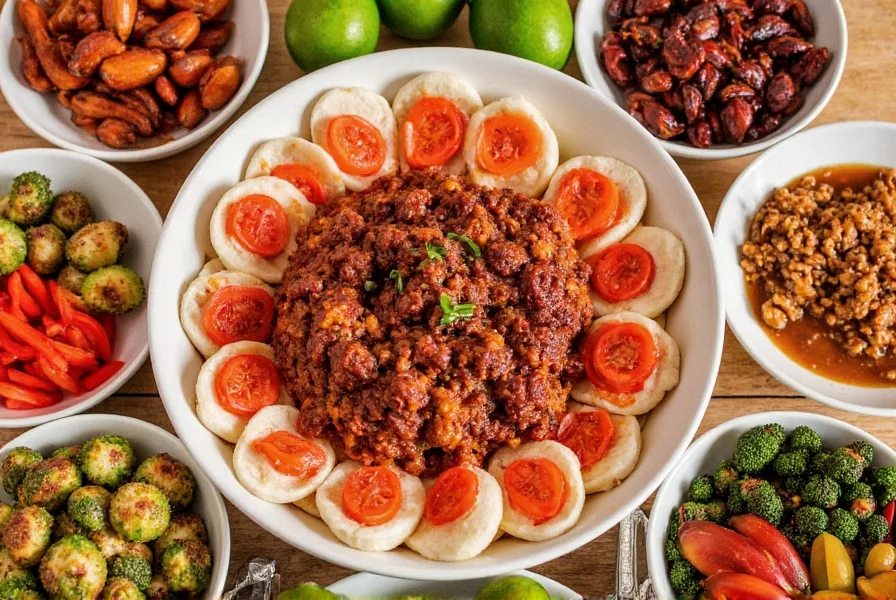
Buying Guide: Essential Mexican Ingredients
If you're looking to stock your kitchen with the staples of Mexican cuisine, here’s a detailed guide to help you choose the best products:
1. Dried Chili Peppers
Dried chili peppers are essential for making salsas, moles, and stews. Look for high-quality, whole peppers that are free from mold or discoloration. Some popular brands include:
Brand A: Offers a wide variety of dried chilies, including ancho, guajillo, and pasilla.
Brand B: Known for its organic and fair-trade certified options.
Use Cases: Ideal for making homemade sauces, stews, and roasted peppers.
Target Audience: Home cooks and professional chefs alike.
Suitable Occasions: Weeknight dinners, holiday meals, and special events.
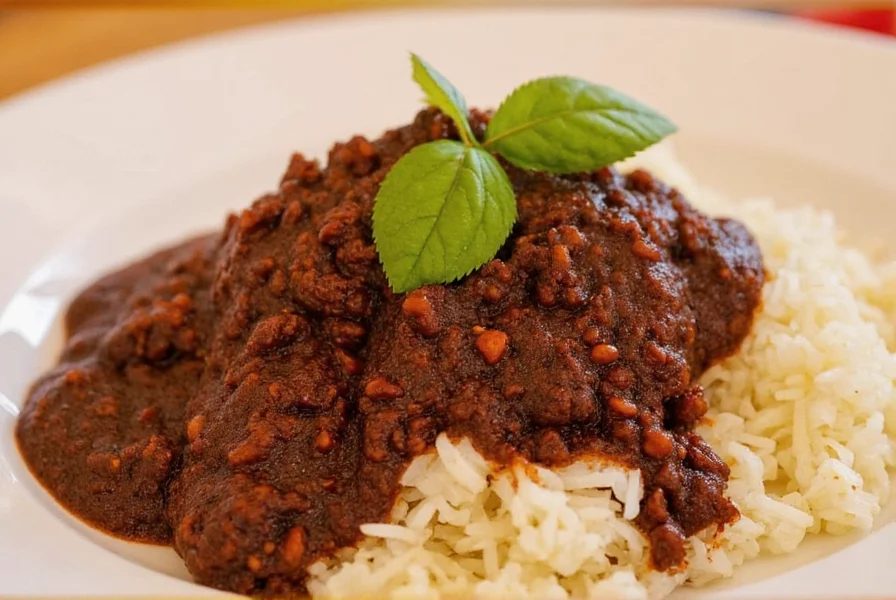
2. Ground Cumin
Ground cumin is a must-have for any Mexican kitchen. Choose a brand that uses high-quality seeds and avoids fillers. Some top choices include:
Brand C: Offers a finely ground, aromatic cumin with a strong flavor.
Brand D: A premium option that’s perfect for those who want a richer taste.
Use Cases: Great for seasoning meats, beans, and soups.
Target Audience: Casual cooks and serious foodies.
Suitable Occasions: Everyday meals and weekend gatherings.
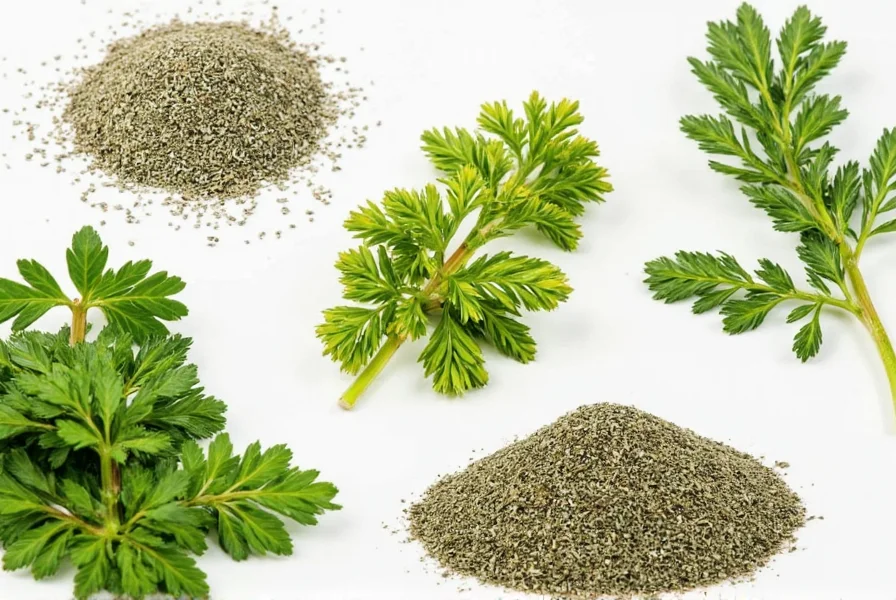
3. Mexican Oregano
Unlike Mediterranean oregano, Mexican oregano has a stronger, more pungent flavor. Look for a brand that offers pure, unprocessed oregano. Some recommended options include:
Brand E: A trusted name in authentic Mexican spices.
Brand F: Offers a blend of oregano and other herbs for extra depth.
Use Cases: Perfect for salsas, soups, and meat dishes.
Target Audience: Enthusiasts and casual cooks.
Suitable Occasions: Lunches, dinners, and family meals.
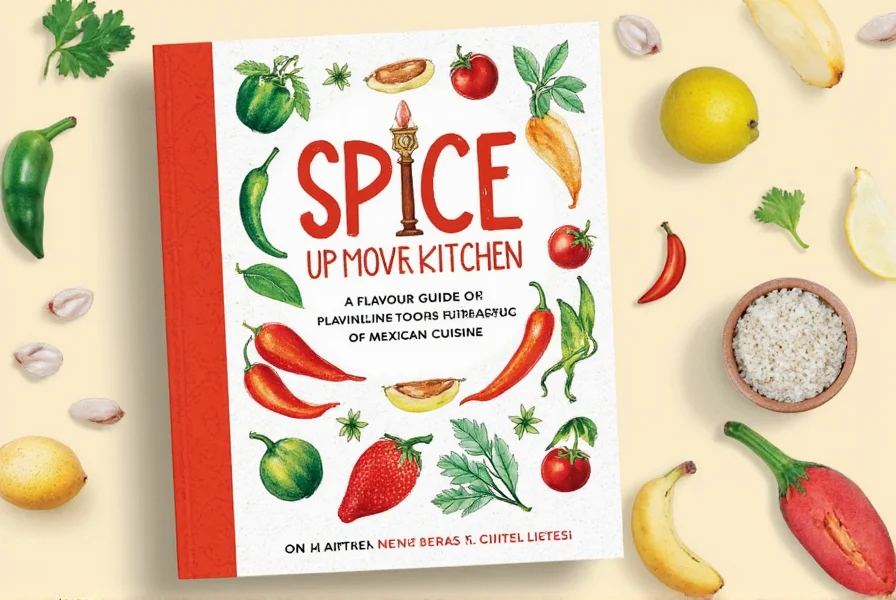
4. Fresh Limes
Fresh limes are crucial for adding brightness to Mexican dishes. When shopping, look for limes that are firm, smooth, and have a slight yellow tint. Some popular options include:
Brand G: Offers organic, handpicked limes with a crisp texture.
Brand H: Provides pre-cut limes for convenience.
Use Cases: Ideal for salsas, marinades, and drinks.
Target Audience: Home cooks and mixologists.
Suitable Occasions: Snacks, cocktails, and dinner parties.
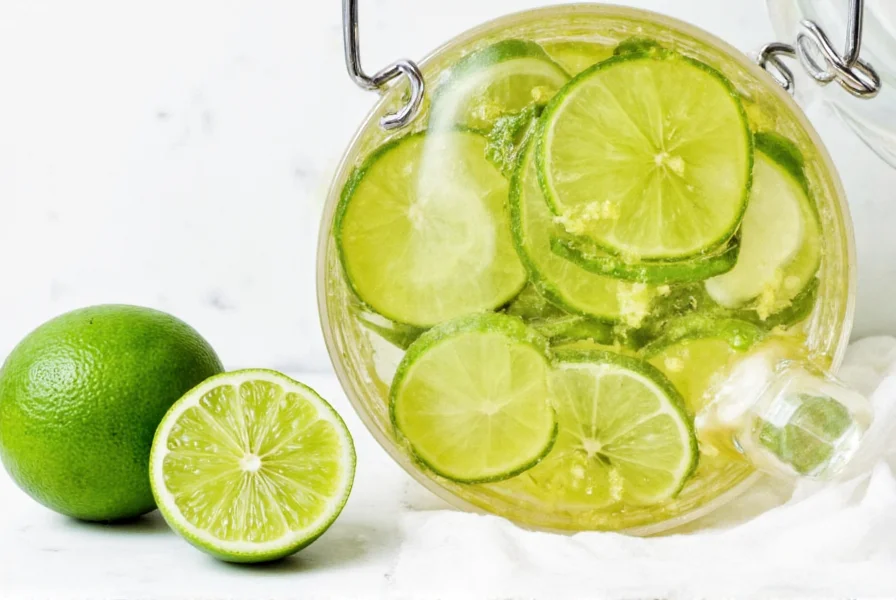
5. Black Beans
Black beans are a staple in Mexican cuisine, used in soups, stews, and salads. Look for high-quality, canned or dried beans that are free from preservatives. Some recommended brands include:
Brand I: Offers organic black beans with a rich, creamy texture.
Brand J: A budget-friendly option that still delivers great flavor.
Use Cases: Perfect for refried beans, soups, and bean salads.
Target Audience: Health-conscious eaters and everyday cooks.
Suitable Occasions: Weekday dinners and potlucks.
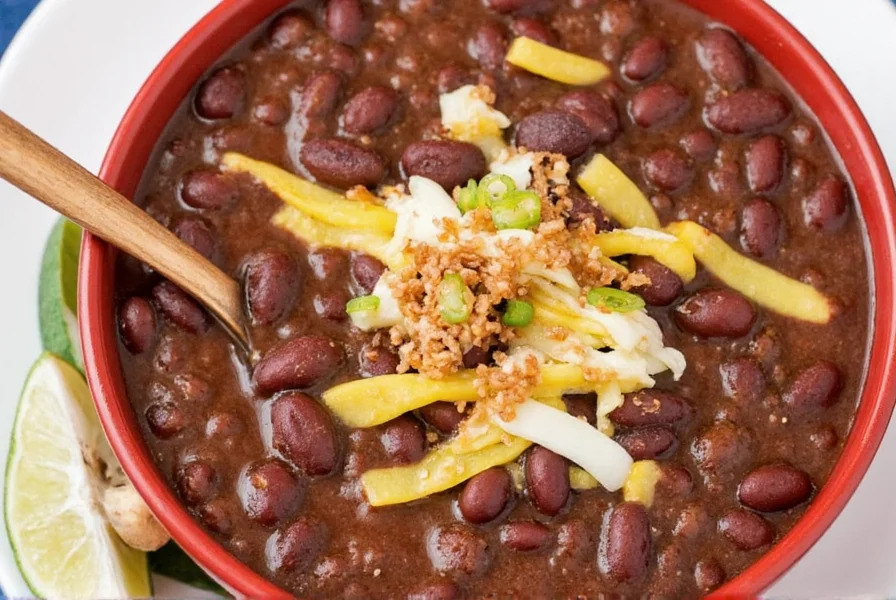
Conclusion
Mexican cuisine is a celebration of flavor, tradition, and community. The staples of Mexican cuisine—chili peppers, cumin, oregano, lime, avocado, tomato, beans, corn, garlic, and cilantro—are the building blocks of its incredible diversity. By understanding these ingredients and how to use them, you can bring the taste of Mexico into your own kitchen. Whether you're a seasoned chef or a curious home cook, there's always something new to discover in the world of Mexican spices.
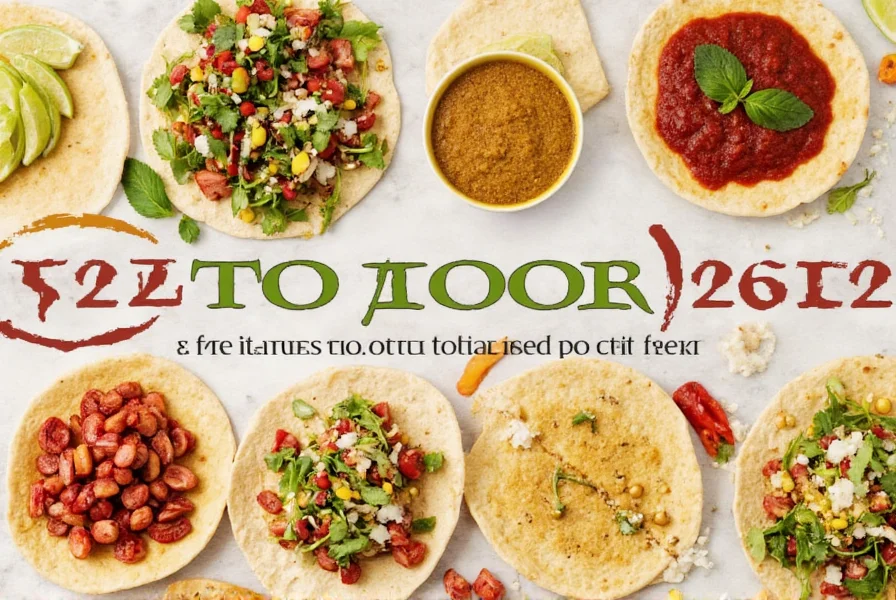
So why wait? Start experimenting with these staples today and unlock the full potential of Mexican cuisine in your cooking. As the saying goes, “¡Buen provecho!”

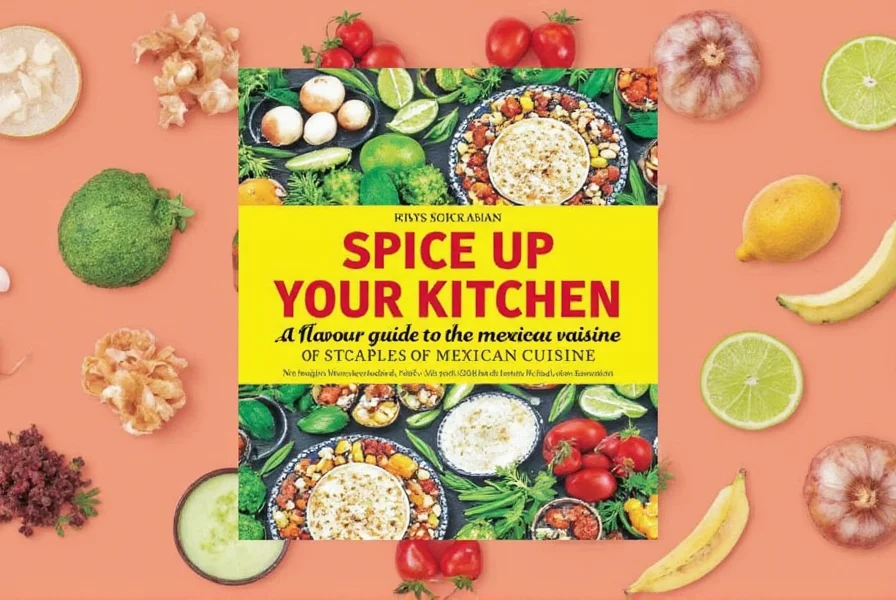









 浙公网安备
33010002000092号
浙公网安备
33010002000092号 浙B2-20120091-4
浙B2-20120091-4